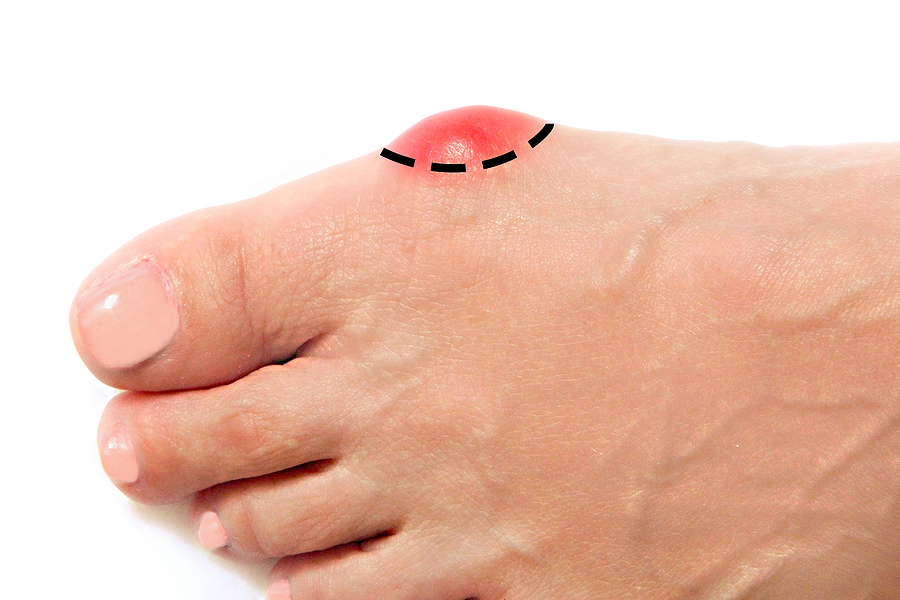
Can I Wait for Bunion Surgery?
Having a surgical procedure is never fun, but with bunions, it may be necessary, and you shouldn’t wait! A bunion (or hallux valgus in medical jargon) is an enlargement of the joint at the base of your big toe. Bunions are progressive, meaning they will continue to worsen during your lifetime unless action is taken. In some cases, that action may mean surgery.
Conservative treatments for bunions include taking anti-inflammatory medication, wearing wider, comfortable shoes with proper support, and custom-molded orthotic devices to control any other foot problems that contribute to the cause of this deformity. These treatments are only aimed at reducing pain and slowing the advancement of your bunion. Bunions once present are not reversible with conservative treatment. Surgery is the only way to permanently correct a bunion.
If you dislocated your shoulder, you would seek immediate help and get the joint put back into proper position. Bunions can be thought of as slowly dislocating joints. The great toe starts leaning more toward the next toe causing one of three things— either it overlaps the second toe, underlaps it, or pushes that toe in the same direction. As this process continues, a healthy joint that could be put back into alignment easily now becomes an arthritic, painful joint that often causes other deformities.
What confuses most people is that there are at least 25 different ways to surgically correct a bunion. One person might just wear a fracture shoe and be allowed to put full weight on the surgical foot without a cane or crutches. The next might be using a scooter while wearing a cast and is not allowed to bear weight for 4 to 6 weeks. Which procedure is the correct one for you depends on many factors. The type of surgery you need, including what your recovery will look like afterward, depends on the severity of your bunion and how quickly you seek treatment.
With a mild bunion, you may notice a red bump at the base of your big toe that has started to crowd the nearby toe, often causing pain when a tighter shoe is worn. An out-patient procedure under sedation might entail simply removing the enlarged bone and realigning the joint properly. The procedure is quick and full recovery is expected within several weeks.
A moderate bunion often presents with a significant deformity, enough to cause rubbing and pain when wearing most shoes. You may experience trouble walking or find yourself adjusting your gait to avoid pain from your bunion. You’ll likely see your big toe migrating toward your other toes. By now the joint is dislocating further and your surgeon will need to cut the bone and shift the toe into proper positioning. The procedure is a bit more involved and will require additional healing time.
Finally, a severe bunion is one that can impede daily activity due to pain and positioning. The big toe has become seriously dislocated and often arthritis has progressed within the joint. The enlargement at the joint makes it often difficult to wear shoes. Now your surgeon must combine multiple procedures to realign the toes and remove the enlargement, often being forced to fuse the joint which requires a much lengthier healing time.
When it comes to bunion surgery, it’s important to make time to undergo realignment surgery. By choosing a surgical solution sooner, you’ll be back on your bunion-free feet faster. Call FAAWC today to get baseline X-rays taken and receive a thorough assessment of your bunion. Then, a proper surgical plan can be designed for you. Remember, seek care before bunion pain starts!
Leave a reply